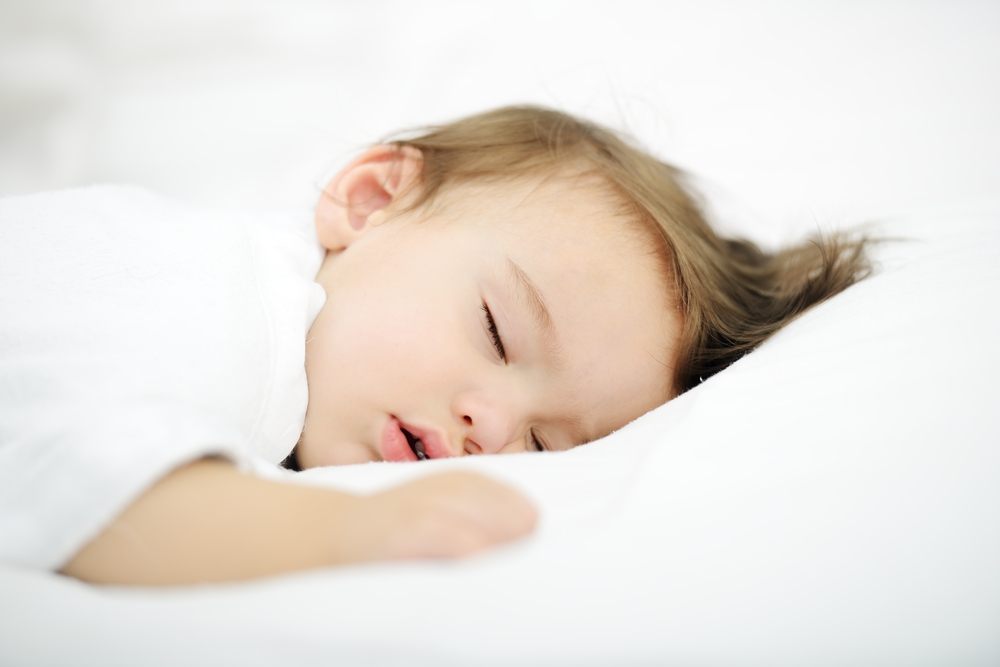
Back is Best: Infant Sleepcare
For the first time since 2016, the American Academy of Pediatrics (AAP) has updated the recommendations for infant sleep care in an effort to decrease infant sleep-related deaths. The AAP is an organization of 67,000 primary care pediatricians, pediatric medical subspecialists, and pediatric surgical specialists dedicated to the health, safety, and well-being of infants, children, adolescents, and young adults.
Sleeping on their backs on a non inclined surface is best with added emphasis that bed-sharing is risky between a parent and infant.
“A baby’s death is tragic, heartbreaking and often preventable. If we’ve learned anything, it’s that simple is best: babies should always sleep in a crib or bassinet, on their back, without soft toys, pillows, blankets, or other bedding,” said Dr. Rachel Moon, professor of pediatrics at the University of Virginia School of Medicine.
Risks with Infant Sleeping
Cribs are not the only issue that causes approximately 3,500 annual infant deaths in the United States. The AAP cautions parents to reduce the time babies sleep in their car seats, strollers, swings, or other devices outside their crib. If in a car seat for an extended period of time, having a parent or another adult beside the child is best.
Inside the home, it is also riskier to sleep with an infant on a couch or soft armchair or cushion with the study showing that sleep-related infant deaths are 67 times higher in these cases. A swaddle strategy with parents also has found no evidence in the reduction of SIDS. If a Swaddler is used, place the infant on their back and do not use weighted swaddlers, weighted clothing, or weighted objects on or near the baby.
“When an infant exhibits signs of attempting to roll (which usually occurs at 3 to 4 months but may occur earlier), swaddling is no longer appropriate, as it could increase the risk of suffocation if the swaddled infant rolls to the prone position.”
Although baby monitors are becoming increasingly technologically advanced, the AAP suggests not using them because of their false sense of security. Instead, new recommendations include the crib being in the same room as mom and dad.
“We know that many parents choose to share a bed with a child, for instance, perhaps to help with breastfeeding or because of a cultural preference or a belief that it is safe,” said Dr. Rebecca Carlin, who co-authored the AAP technical report. The evidence is clear that this significantly raises the risk of a baby’s injury or death, however, and for that reason, AAP cannot support bed-sharing under any circumstances.”
Reducing SIDS Risk & Tummy Time
The AAP has also added in their July 2022 report that breastfeeding reduces the risk of Sudden Infant Death Syndrome (SIDS) along with training an infant to take a pacifier. With a recall earlier in 2022 on infant formula, the new breastfeeding AAP recommendations come with an extra layer of emphasis if in the future formula is hard to find and purchase again due to supply chain issues.
The good news is that with each reiteration of the AAP’s research and recommendations, infant deaths continue to decrease since SIDS educational programs began in the 1990s.
Additional recommendations from the AAP is to participate in tummy time for the infant. When supervised, awake tummy time minimizes the development of positional plagiocephaly which can cause SIDS. “Parents are encouraged to place the infant in tummy time while awake and supervised for short periods of time beginning soon after hospital discharge, increasing incrementally to at least 15 to 30 minutes total daily by 7 weeks of age.”
When to Ask for Help
Talking to your child’s pediatrician and your ob is equally important so both mommy and baby are taken care of. It is even possible at a young age they could have the beginnings of a sleep disorder or issues in their nasal passages.
There are many types of sleep disorders that could be keeping your little one from sleep. Getting to the bottom of their troubles can help them get the sleep they need, and you get the sleep you crave.
Contact the Alaska Sleep Clinic where we have trained staff members that are abl








